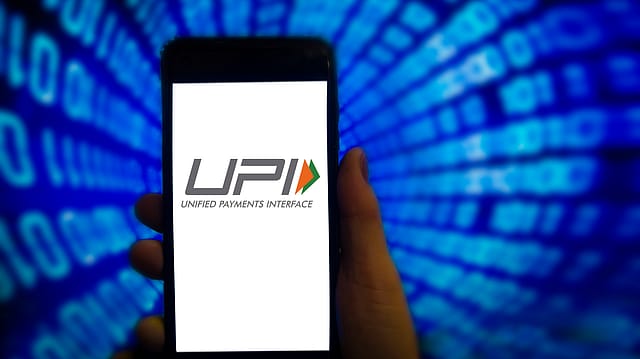UPI to now enable payments via ‘offline’ & ‘conversational’ modes
ADVERTISEMENT

The Reserve Bank of India's (RBI) monetary policy committee (MPC), while taking a slew of developmental and regulatory policy measures during the latest bi-monthly policy meeting, has proposed to launch an innovative payment mode, “Conversational Payments”, under the widely popular UPI platform.
This new payment mode will enable users to engage in a "conversation" with an "AI-powered system" to initiate and complete transactions. The current move is aimed at penetrating deeper pockets of the country, which are yet to adopt UPI as a go-to payment mode due to various factors.
"This channel will be made available in both smartphones and feature phones-based UPI channels, thereby helping in the deepening of digital penetration in the country. The facility will, initially, be available in Hindi and English and will subsequently be made available in more Indian languages. Instructions to NPCI will be issued shortly," the RBI says.
Offline payments in UPI
In yet another measure to boost digital payments landscape and payments via UPI, the RBI has proposed to facilitate offline transactions using near-field communication (NFC) technology.
December 2025
The annual Fortune 500 India list, the definitive compendium of corporate performance, is out. This year, the cumulative revenue of the Fortune 500 India companies has breached $2 trillion for the first time. Plus, find out which are the Best B-schools in India.
This feature will not only enable retail digital payments in situations where internet or telecom connectivity is "weak or not available", but it will also ensure speed, with minimal transaction declines, says the central bank, adding that it'll issue appropriate instructions to the NPCI in this regard soon.
In order to increase the speed of small value transactions on UPI, the NPCI had launched an on-device wallet called “UPI-Lite” in September 2022. It aimed to optimise processing resources for banks while reducing transaction failures. The RBI says the product has "gained traction and currently processes more than 10 million transactions a month".
Small-value transactions limit up
The RBI has also proposed to enhance transaction limits for small-value digital payments from ₹200 per transaction to ₹500. The overall limit is, however, retained at ₹2,000 to contain the risks associated with the relaxation of two-factor authentication.
"By removing the need for two-factor authentication for small value transactions, these channels enable faster, reliable, and contactless mode of payments for everyday small value payments, transit payments, etc. Since then, there have been demands for enhancing these limits. To encourage wider adoption of this mode of payments and bring in more use cases into this mode, it is now proposed to increase the per transaction limit to ₹500," adds the RBI.
Notably, earlier, a limit of ₹200 per transaction and an overall limit of ₹2000 per payment instrument was prescribed for small-value digital payments in offline mode, including the National Common Mobility Card (NCMC) and UPI Lite.
The RBI says UPI, with its ease of usage, safety, and security, and real-time feature, has transformed the digital payment ecosystem in India. "As Artificial Intelligence (AI) is becoming increasingly integrated into the digital economy, conversational instructions hold immense potential in enhancing ease of use, and consequently reach, of the UPI system."
